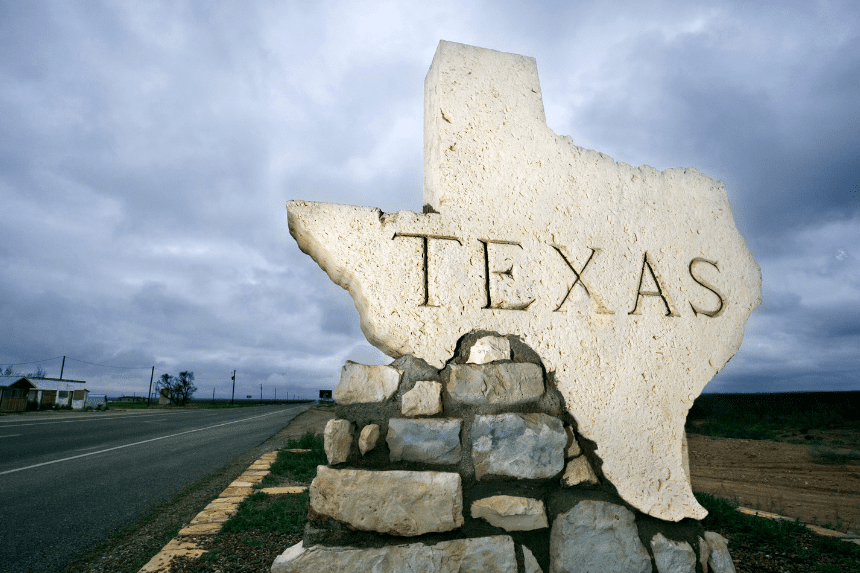Texas Democrats have returned to the state legislature following a prolonged dispute over redistricting attempts. Their return signifies a strategic pivot rather than a retreat, as they claim triumph in stopping the quick passage of Republican-backed vote maps. These maps are considered part of a bigger campaign to boost Republican power in the U.S. House of Representatives ahead of the 2026 elections.
Governor Greg Abbott has already called for another legislative session, trying to finalize the controversial redistricting plan. While Republicans press on, Democrats say they’re ready for the next chapter — legal action and national advocacy — to challenge what they deem unconstitutional district changes.
Why Did Texas Democrats Leave the State?
Texas Democrats departed the state to impede a quorum, avoiding a vote on proposed electoral boundaries. These maps, they believe, would disproportionately favor Republican candidates and suppress minority voters. The walkout was a bold measure, designed to both slow the legislative process and attract global attention to what they see as unfair gerrymandering.
By fleeing the state, the Democrats momentarily impeded the legislature’s ability to enact the redistricting law, stopping Governor Abbott’s special session. They insisted that two criteria be satisfied for their return: the session’s completion and increased national awareness of the matter. With both achieved, they returned to Austin claiming political leverage. Here is the link to our article on Texas Redistricting Impact.
What Are the Legal Implications?
Texas Democrats aim to fight the proposed maps in court, citing violations of the 1965 Voting Rights Act and the U.S. Constitution. They believe that the redistricting plans weaken minority voting power and cement party advantage – tactics that courts have consistently studied.
While success in court is not certain, Democrats believe they’ve created a great record for litigation. Their strategy includes organizing public opinion, contacting federal lawmakers, and partnering with other Democratic-led states, preparing responses.
How Are Other States Responding?
In response to Texas’s efforts, other Democrat-controlled states — including California, New York, New Jersey, New Hampshire, and Maryland – are considering their mid-decade map redraws. These activities try to offset probable Republican wins in the House.
California Governor Gavin Newsom has revealed his intention to place new voting maps on the 2026 ballot. If implemented, this may generate at least five more seats for Democrats in Congress, negating the gains expected from the Texas redistricting initiative. Here is the link to our article on the Texas Redistricting Standoff.
What’s Next for the Texas Legislature?
Although a quorum was obtained when the legislature reconvened, no vote occurred on the first day back. Speaker Dustin Burrows focused on ensuring attendance in subsequent sessions. Arrest warrants for absent Democrats had been issued but were not enforced, as members made agreements to return voluntarily under public safety monitoring.
Republican leadership remains determined to push the redistricting bill forward. Former President Donald Trump also openly lobbied Congress to pass the proposed map, which he regarded as a huge gain for conservatives.
Final Thoughts
The struggle over redistricting in Texas is still ongoing. With litigation planned and Democrat-led states considering responses, the fight has gone beyond state lines. What started as a local legislative struggle has now become a critical battleground in the national contest for congressional control. As both parties move for advantage, the outcome of this conflict might impact the 2026 elections. The legal and political struggles ahead will be widely observed around the country.








